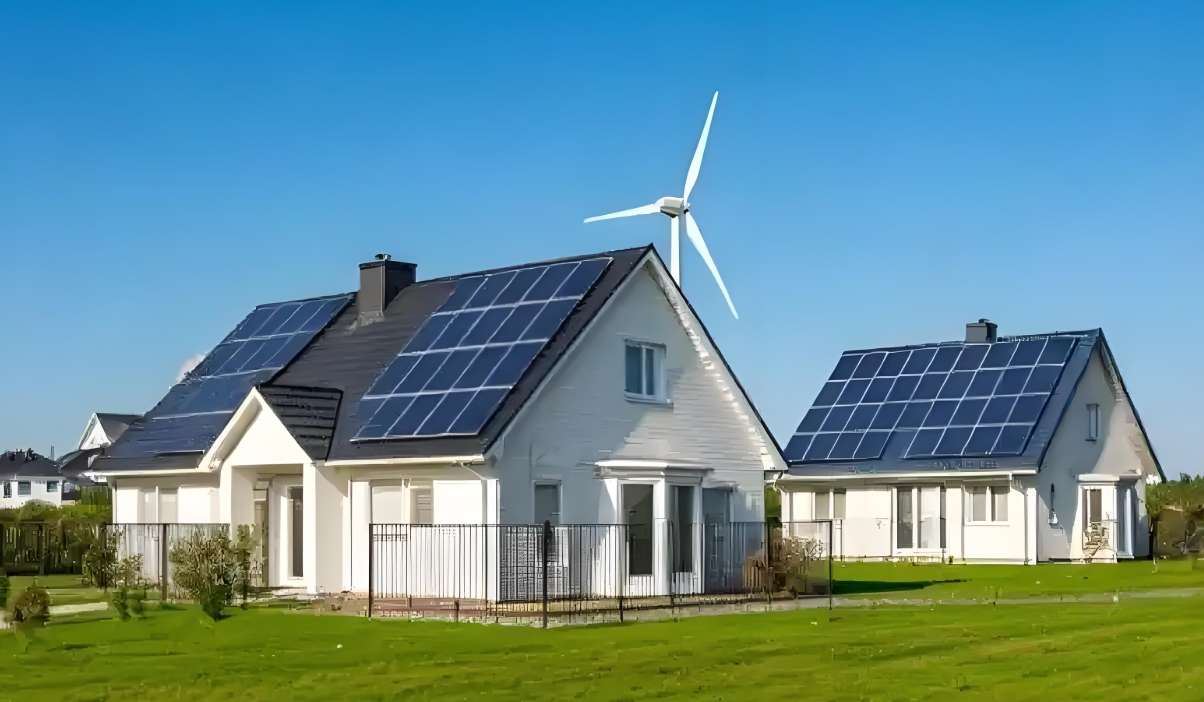
In the high-latitude cold regions, the permafrost layer lies like a sleeping giant. Traditional helical piles often fail under the repeated tearing of freeze-thaw cycles. However, a miracle occurs when titanium alloy reinforced threads meet deep low-temperature toughness heat treatment. A five-axis CNC machine precisely carves the helical profile in an ultra-low-temperature environment, with each thread groove bearing the crystallization of material science wisdom. The titanium alloy molecular structure, strengthened by directional phase transformation, maintains astonishing ductility even at minus fifty degrees Celsius, with tensile strength increasing by more than forty percent. For the first time, photovoltaic arrays in the snow and wind are free from the shadow of foundation fractures, firmly rooted in the permafrost.
Similarly, in commercial and industrial rooftop projects, leakage was once a persistent problem for engineers. The assembly joints of traditional segmented clamps were like tiny wounds, allowing rainwater to quietly seep in through the bolt holes. Now, the precision milling process of an integrated waterproof base with a sealing groove has completely eliminated this potential hazard. The CNC machining center, with micron-level cutting accuracy, mills a continuous sealing groove into the base itself, eliminating any assembly gaps. High-performance seals are precisely pressed into the groove, forming an absolute waterproof barrier. From then on, rooftop photovoltaic systems no longer fear heavy rain, and the safety of the building is fundamentally guaranteed.
More importantly, there has been a breakthrough in the stability of grounding resistance. When pure copper conductive inserts are embedded into the core of grounding screws through micron-level press-fitting technology, the electrical current pathway undergoes a qualitative change. The precision-turned copper core and the base steel form a metal lattice interpenetration under ultra-high pressure, keeping the resistance value stably within the safe threshold. Even in damp and saline-alkali areas, this technology ensures the reliable operation of lightning protection systems, far surpassing the performance limits of traditional welding or mechanical connections.
From permafrost anchoring to rooftop sealing, from electrical current conduction to corrosion protection, modern CNC machining technology is sweeping away the pain points of photovoltaic structural components with disruptive innovation. As we reconstruct cold-region foundations with titanium alloy, seal rainwater channels with integral milling, and tame electrical currents with atomic-level pressing, the full life-cycle reliability of photovoltaic power stations has entered a new era. Explore how more cutting-edge technologies can empower your clean energy projects: www.simituo.com